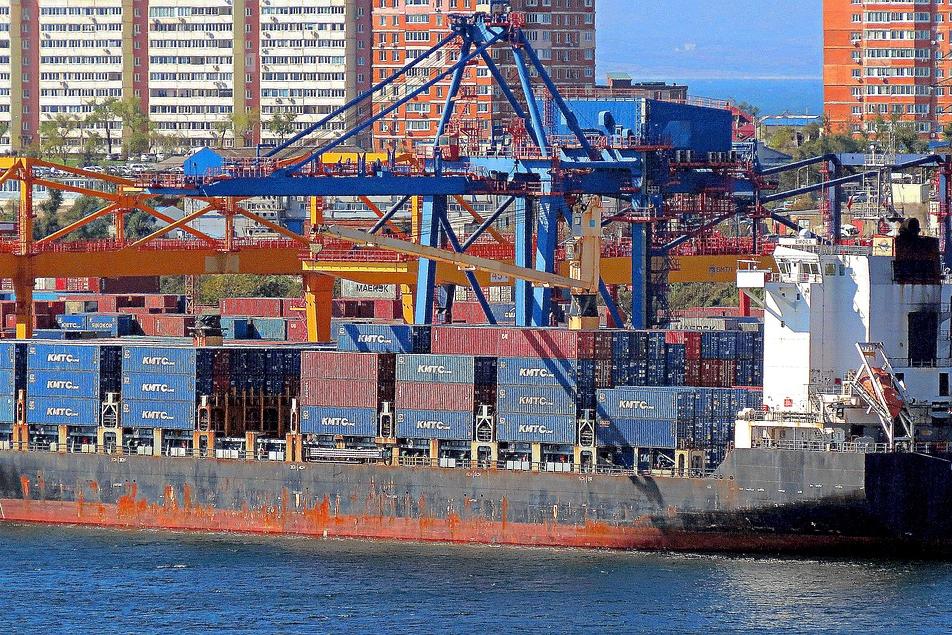
Foreign Trade's "Warm" Business in the Cold Winter
Dear seasoned veterans in foreign trade, have you noticed the chill in the air lately? As a "foreign trade old-timer" with 20 years in the game, I always joke: "When the north wind starts blowing, our electric heater orders start lining up!" But jokes aside, these seemingly simple heating devices hide complexities that "even a thermometer can't measure"—technical barriers, certification hurdles, and quality risks, any of which can burn unprepared exporters.
The Art of "Heating" in Customs Declarations
I remember last year a factory tried to declare goods with just the words "electric heater" and got rejected three times. This tells us:
- Choosing HS codes is like selecting down jacketsUnder HS code 8516, there are five "warmth levels" categorized. Fan-type (85162931) and liquid-filled (85162932) are like lightweight down and heavyweight versions—getting it wrong could leave you "out in the cold."
- Declaration elements need thermometer-level precisionBrand model is the "ID card," working method is "genetic testing," missing either could get stuck at the customs "checkpoint."
- Product names should be written like instruction manualsA specific term like "liquid-filled convection space heater" can facilitate faster customs clearance compared to a generic term like "electric heater."
"Winter Heating Pass" in European and American markets
Last week, while assisting a client with an EU RAPEX alert, my "Three-Certificate Theory" was once again validated.
EU: "Triple Warmth" CE Certification
- The safety standard EN 60335 is like "flame-retardant underwear"—without it, products might "self-combust."
- The EMC standard EN 55014 is equivalent to "anti-interference thermal underwear," preventing interference with other electrical appliances.
- The plug standard EN 50075 refers to "electrically insulated gloves," where even the shape of the plug is meticulously regulated.
North America: The "Warmth Combo" of FCC + UL
A Canadian client once had an entire container of goods "frozen" at the Vancouver port for 45 days due to neglecting FCC certification. Remember:
- The FCC certification is for the "Electromagnetic Wave Warm Hat," which must comply with the 47 CFR Part 15B standard.
- The UL1278 standard is like a "flame-retardant down jacket"—though not mandatory, it is widely recognized by major clients.
Those "Overheating" Traps We Fell Into Over the Years
Sharing three real cases, all learned through painful lessons:
- Germany return caseThe overheating protection device was skimped on, turning the product into a "hand warmer" that burned right through the tabletop.
- U.S. compensation case: Used inferior plastic to save costs, causing casing deformation exposing wires under high temperature - paid $230,000 in damages
- Australia recall incident: Non-compliant plug specifications caused melting during use leading to short circuits - entire product line was pulled from shelves
"Burn Prevention" Tips for Foreign Trade Professionals
Finally, here's my "three-piece set for heater exports":
- "Pre-measure temperature"Conduct comprehensive testing before export—don't wait for customs inspection to "take the temperature."
- Prepare "winter clothing": CE/FCC/UL certifications are like clothing for different climate zones - prepare according to requirements
- Regular "health check-ups": Quarterly sampling inspections of key components, especially thermostats and insulation materials
Winter is coming, may your foreign trade orders keep "heating up" like electric heaters. Remember the golden rule of our trade:Exporters with complete certifications stay warm even in winter; those unprepared break into cold sweat even in summer!Next time, let's talk about other "temperature stories" in small home appliance exports.


 Follow Customer Service WeChat
Follow Customer Service WeChat